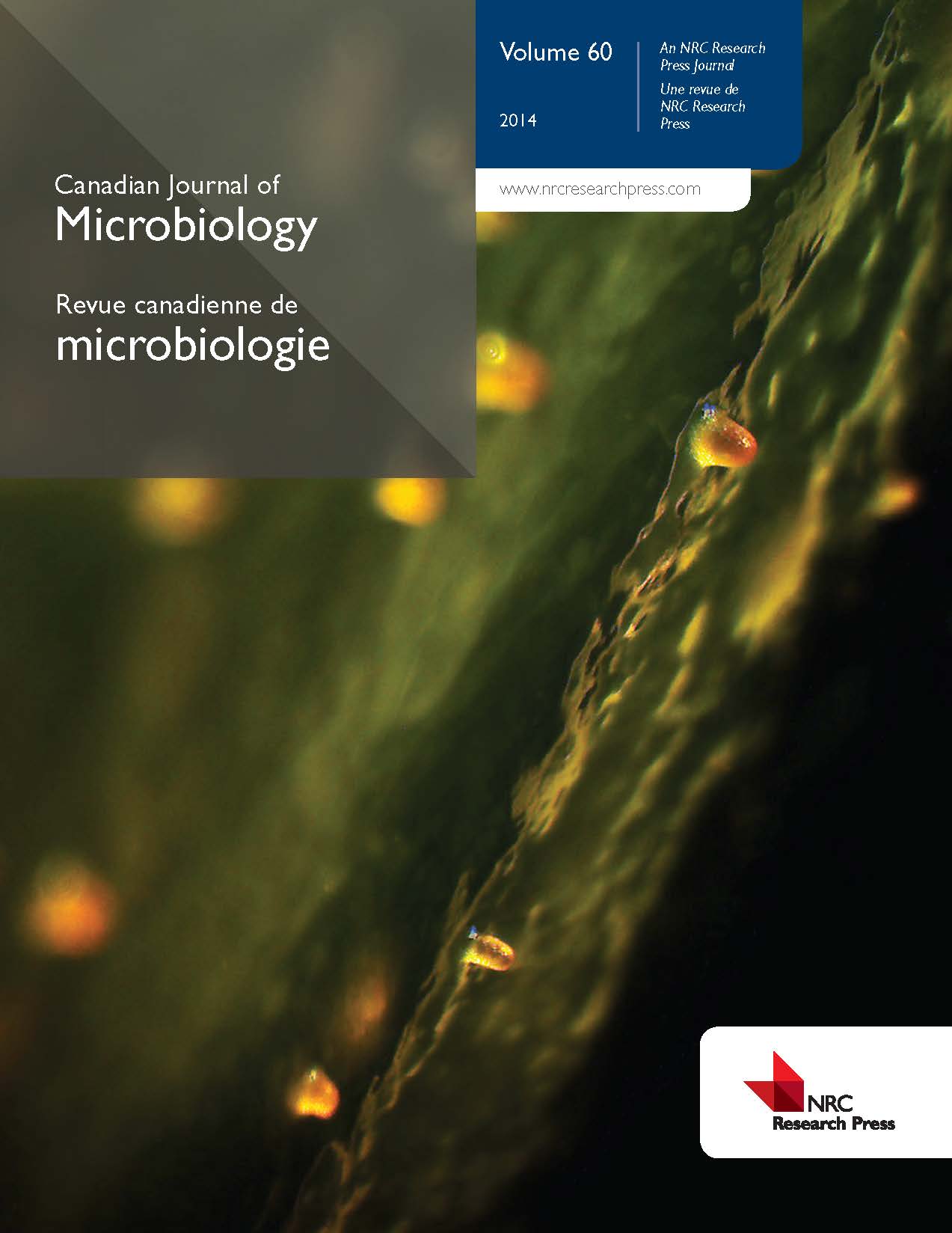Ver ítem
- xmlui.general.dspace_homeCentros Regionales y EEAsCentro Regional Salta - JujuyEEA SaltaArtículos científicosxmlui.ArtifactBrowser.ItemViewer.trail
- Inicio
- Centros Regionales y EEAs
- Centro Regional Salta - Jujuy
- EEA Salta
- Artículos científicos
- Ver ítem
Soybean fungal soil-borne diseases: a parameter for measuring the effect of agricultural intensification on soil health
Resumen
The aim of this study was to investigate the influence of agricultural intensification on soil microbial diversity, chemical and physical parameters, and the decrease of the incidence of sudden death syndrome (Fusarium crassistipitatum) and charcoal rot (Macrophomina phaseolina) in soybean. Soils under different management systems were evaluated during 2 crop cycles: soybean monoculture for 24 and 11 years, soybean–maize rotation for 15 and 4 years, 1
[ver mas...]
The aim of this study was to investigate the influence of agricultural intensification on soil microbial diversity, chemical and physical parameters, and the decrease of the incidence of sudden death syndrome (Fusarium crassistipitatum) and charcoal rot (Macrophomina phaseolina) in soybean. Soils under different management systems were evaluated during 2 crop cycles: soybean monoculture for 24 and 11 years, soybean–maize rotation for 15 and 4 years, 1 year of soybean, and native vegetation. The incidence of both soil-borne diseases was higher under monoculture than under rotation. Increased populations of potential biocontrol agents (Trichoderma spp., Gliocladium spp., fluorescent pseudomonads) were associated with rotation treatments, especially in 2010–2011. The comparison of agricultural vs. native vegetation soil and the average of agricultural cycles showed that microbial biomass carbon and glomalin-related soil protein were higher in the rotation system than in monoculture (50% and 77%, respectively). Furthermore, from the community-level functional diversity (Biolog Eco plates), McIntosh index showed lower functional diversity in monoculture than in rotation and native vegetation plots. Agricultural intensification reduced microbial biomass carbon, glomalin-related soil protein, organic matter, total nitrogen, aggregate stability, and yield, and increased bulk density. Soil quality degradation was associated with the establishment of soil-borne pathogens and increased soybean plant susceptibility to disease
[Cerrar]

Autor
Perez Brandan, Carolina;
Huidobro, Dina Jorgelina;
Grumberg, Betiana Clarisa;
Scandiani, María Mercedes;
Luque, A.G.;
Meriles, Jose Manuel;
Vargas Gil, Silvina;
Fuente
Canadian Journal of Microbiology 60 (2) : 73-84 (2014)
Fecha
2014
ISSN
0008-4166
1480-3275
1480-3275
Formato
pdf
Tipo de documento
artículo
Palabras Claves
Derechos de acceso
Restringido
 Excepto donde se diga explicitamente, este item se publica bajo la siguiente descripción: Creative Commons Attribution-NonCommercial-ShareAlike 2.5 Unported (CC BY-NC-SA 2.5)
Excepto donde se diga explicitamente, este item se publica bajo la siguiente descripción: Creative Commons Attribution-NonCommercial-ShareAlike 2.5 Unported (CC BY-NC-SA 2.5)

